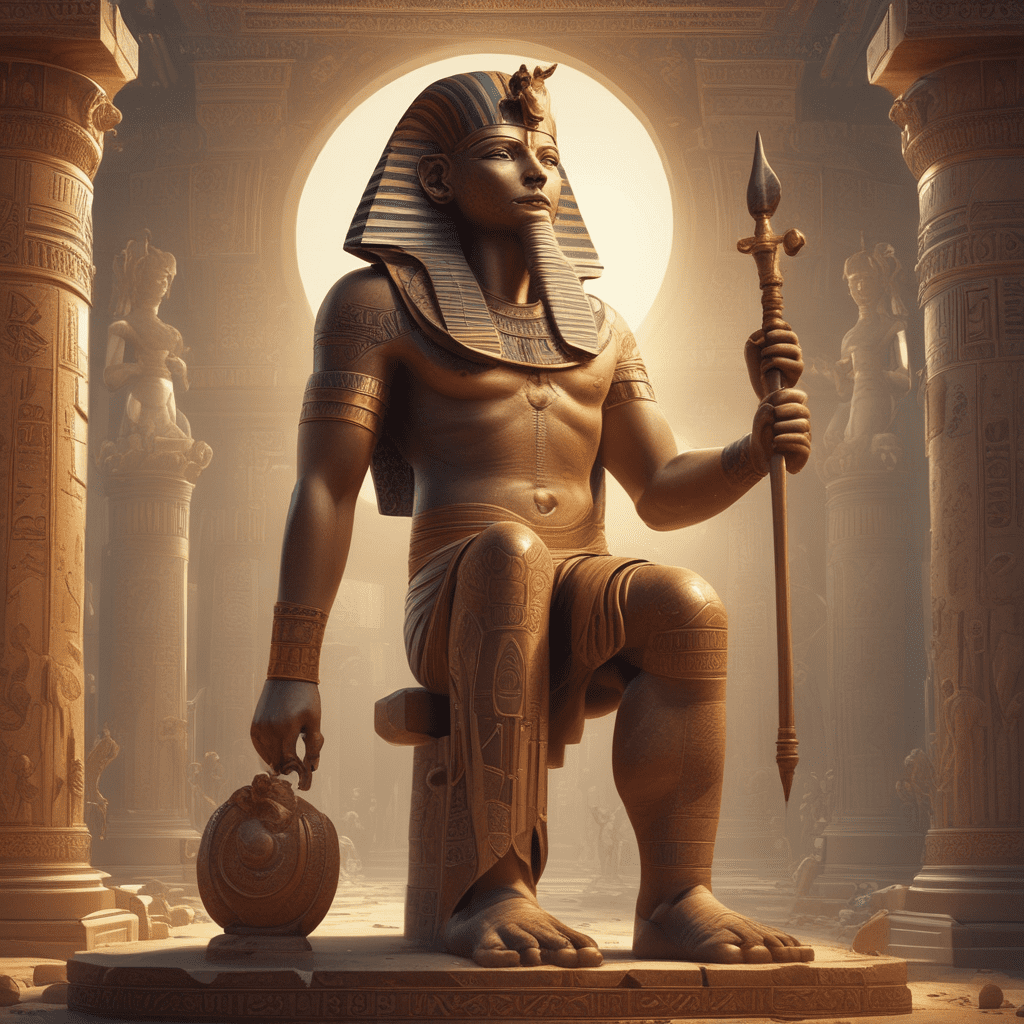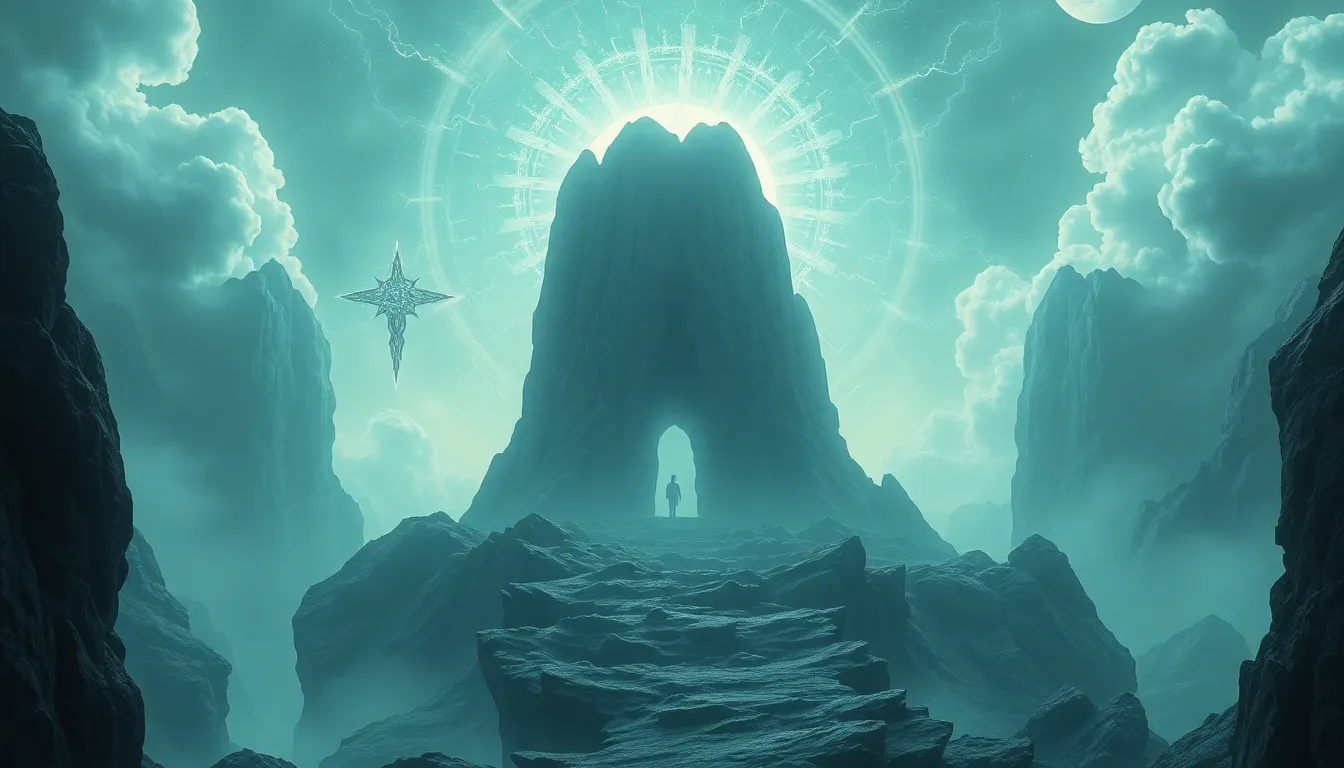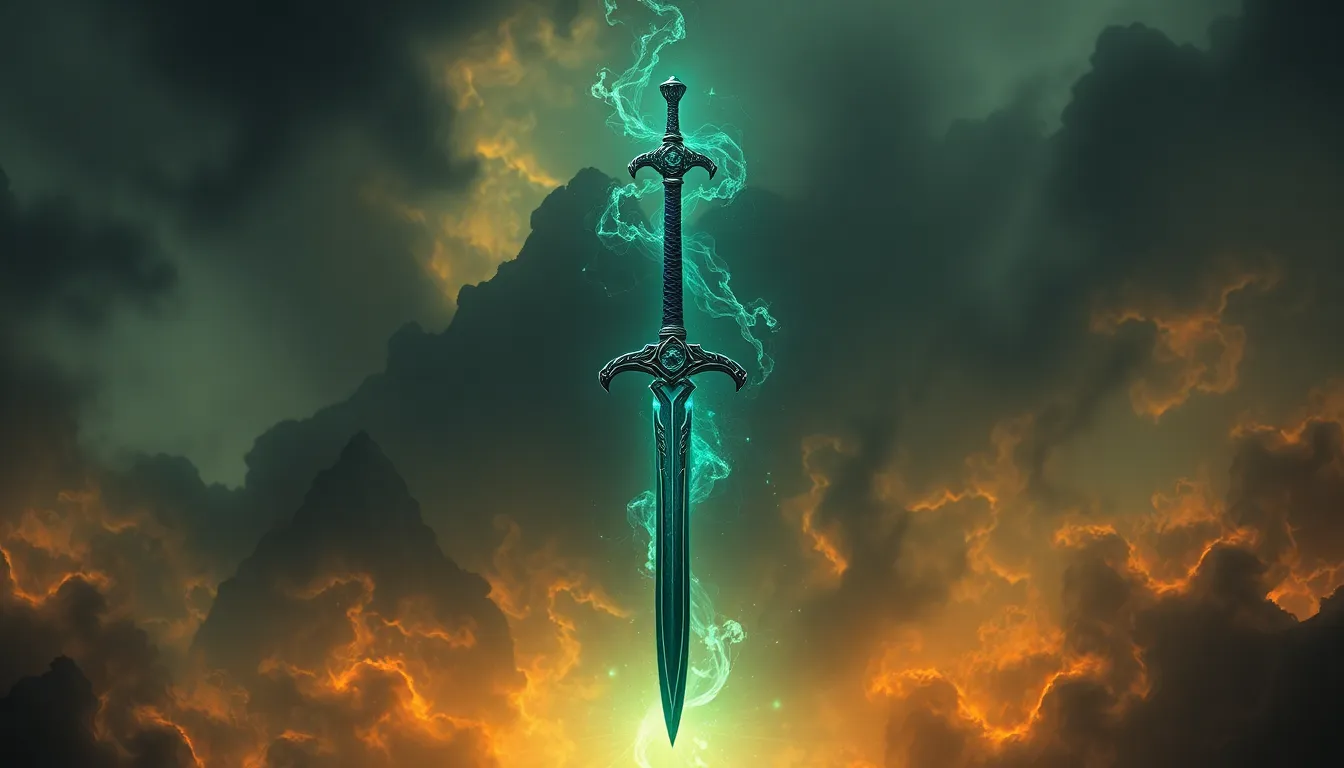The Myth of the God Khonsu in Egyptian Mythology
Who is Khonsu in Egyptian Mythology?
Khonsu, a significant deity in ancient Egyptian mythology, is known as the god of the moon and time. He is often depicted as a youthful, full-faced god adorned with a sidelock of youth, symbolizing his eternal renewal and vitality. Khonsu, whose name means “traveller,” was associated with the passage of time, protection, and healing.
What is Khonsu’s Role and Symbolism?
As the god of the moon, Khonsu symbolized the passage of time and was linked to the lunar cycle. He was also viewed as a healer god, with temples dedicated to him where people sought cures and protection from illnesses. Khonsu was believed to assist in matters of fertility, particularly in helping women conceive. Additionally, he had associations with creation and rebirth.
Khonsu in Egyptian Art and Worship
In art, Khonsu is often depicted with the lunar disk and the crescent moon on his head, emphasizing his role in relation to the moon. He is sometimes represented with a falcon’s head, hinting at his involvement with Horus, the sky god. Temples dedicated to Khonsu were erected in cities like Thebes, where worshipers could offer prayers and seek his divine intervention for various aspects of their lives.
The Family of Khonsu
Khonsu is often considered to be the son of the god Amun and the goddess Mut, prominent deities in the Egyptian pantheon. This divine family connection further solidified Khonsu’s importance in the religious beliefs of the ancient Egyptians. The union of Amun and Mut represented the balance of power between male and female deities, with Khonsu embodying the aspects of youth and time within this familial structure.
FAQs about the Myth of the God Khonsu in Egyptian Mythology
Who is Khonsu in Egyptian Mythology?
Khonsu is a lunar deity in ancient Egyptian religion, often depicted as a youthful god with a sidelock of youth. He is associated with the moon, time, healing, and fertility. Khonsu is the son of Amun and Mut, forming the Theban Triad with his parents.
What are Khonsu’s Roles and Attributes?
Khonsu is known as the god of the moon, time, and youth. He is also associated with healing and fertility. Mythology depicts him as a traveler through the skies, guiding and protecting those who journey at night. Khonsu’s youthful appearance signifies renewal and rejuvenation.
How is Khonsu Depicted in Art and Symbolism?
Khonsu is often shown with a falcon’s head, holding the crook and flail, symbols of kingship and fertility. He may also appear with lunar symbols like the crescent moon. Artworks depict him as a youthful deity with royal regalia, embodying the power of the moon and the cycles of time.
What Temples or Sites are Dedicated to Khonsu?
One of the most famous temples dedicated to Khonsu is the Temple of Khonsu at Karnak in ancient




